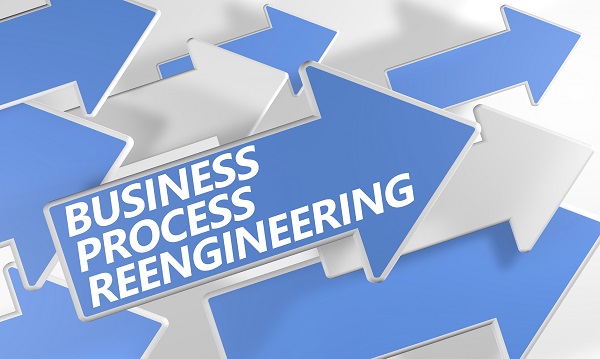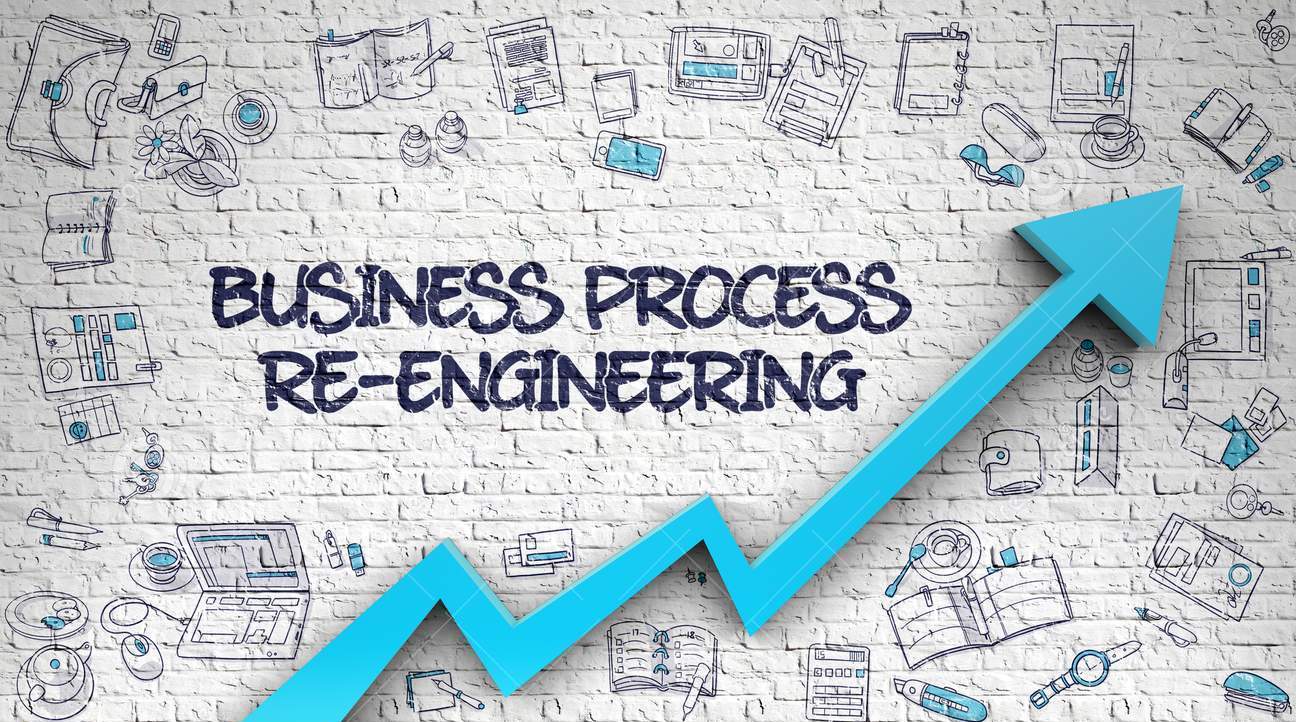BUSINESS PROCESS REENGINEERING
Business Process Reengineering (BPR) and process reengineering into high level conceptual sound bites when discussing BPR with an organization’s management team. This is particularly important in order to have the right level of conversation with senior management and leadership. And, at that level, the conversation inevitably (and appropriately) gravitates to the relationship between BPR and the organization's business strategy. This post presents a sound bite of the six key steps of BPR – important and useful content on its own. And, it provides the context for the discussion at the end of the post of the relationship between BPR and organizational strategy
BENIFITS OF BPR
BPR and Six Sigma grew in appeal in the late 1980s and through the 1990s due to its early success in responding to a market environment characterized by increased competitive entry, a failure to satisfy customer needs and an insufficient cost structure. In particular, it offered an unbiased review of a company’s business processes’ that enabled streamlining and efficiency benefits.
- Increased Revenue
- Improved Customer Service
- Reduced Cost
- Higher Employee Retention
- Faster Processing Time
- Clients Satisfaction
KEY STEPS OF BUSINESS PROCESS REENGINEERING
This post presents a sound bite of the six key steps of BPR – important and useful content on its own. And, it provides the context for the discussion at the end of the post of the relationship between BPR and organizational strategy.
Define Business Processes
A series of logically related activities or tasks (such as planning, production, or sales) performed together to produce a defined set of results.Map the current state (work activities, workflows, roles and reporting relationships, supporting technology, business rules, etc.).
Analyze Business Process
Identify gaps, root causes, strategic disconnects, etc. in the context of improving organizational effectiveness, operational efficiency and in achieving organizational strategic objectives.
Identify And Analyze Improvement Opportunities
Identify, analyze and validate opportunities to address the gaps and root causes identified during analysis. This step also includes identifying and validating improvement opportunities that are forward facing – often strategic transformational opportunities that are not tethered to current state process.
Design Future State Processes
Improvement opportunities for which the organization has the budget, time, talent, etc. to implement in the project timeframe. Create a forward-facing future-state map that comprehends the selected opportunities.
Develop Future State Changes
New workflows and procedures need to be designed and communicated, new/enhanced functionality is developed and tested, etc. Changes and opportunities cannot be implemented until they are operationalized.
Implement Future State Changes
Classic implementation based on dependencies among changes/opportunities, change management, project management, performance monitoring, etc.



